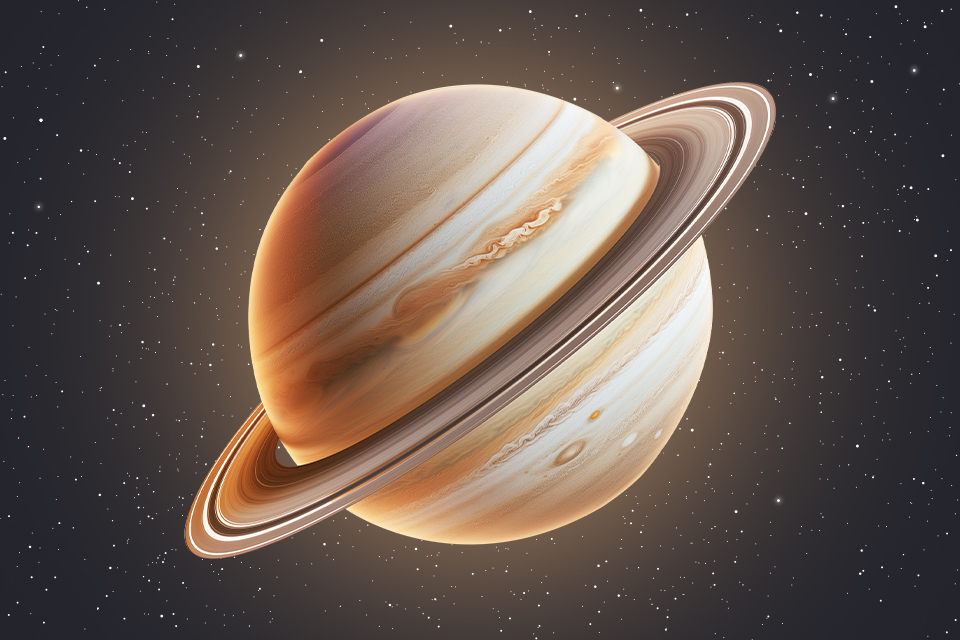Saturn in the Solar System is known for its amazing rings. However, it is not the only one. In fact, all four gas giants orbiting the Sun have similar formations, and even some asteroids.

1. What are the rings of planets composed of?
The rings of the planets, which from Earth seem to be amazing continuous structures, are actually not. They consist of a huge number of individual solid particles. They all spin in the same plane and reflect electromagnetic waves (including visible light), so they seem solid.
The size of the particles in the rings can vary greatly. Accordingly, their reflectivity is also different. For example, Saturn has at least some of these structures made up of boulders up to 1 m in diameter. Therefore, they look quite bright even in visible light.
Jupiter’s rings mainly consist of molecules “torn off” from the moons closest to the giant planet. Therefore, they are visible mainly in the infrared part of the spectrum.
2. How are the rings of planets formed?
The placement of millions of fragments in one plane may seem amazing, but in fact there is nothing incredible about it. The most popular theory connects the formation of rings with the destruction of moons.
If, as a result of the evolution of its orbit, the moon approaches the planet, the tidal forces acting on it become stronger and begin to stretch it until it begins to disintegrate. This process is not instantaneous. The debris mostly continues to rotate in the same orbit as the body from which it was formed. And then selection by the forces of gravity comes into play, which allows particles to exist more or less stably only in a certain range of orbits. However, even those rings that exist now will dissipate in a few hundred million years.
3. Does the Earth have rings?
The question of whether rings exist on our planet has arisen repeatedly. Calculations show that for a fairly short period of time — several million or tens of millions of years — they could actually be formed as a result of the destruction of a large asteroid. But in the future, the influence of the Moon’s gravity would certainly dispel them.
As for actual observations, the existence of something similar to rings had been reported repeatedly in the past. However, each time these reports were refuted. It is now considered proven that there are no such structures even from individual atoms or molecules around the Earth. But this does not mean that they never existed.
4. Do asteroids have rings?
Although the massive gas giants have the most powerful ring systems, in fact, size does not always matter. Even dwarf planets and large asteroids can have rings. For example, they are found in the egg-like Haumea, which, according to many signs, was formed as a result of a gigantic collision.
At least two centaurs, Chariklo and Chiron, also have rings. This is the name of asteroids which trajectories intersect the orbits of giant planets. It is assumed that the first of them has not even one, but two rings, which are held in place by the moon.
5. Do exoplanets have rings?
Since many objects in the Solar System have rings, and the mechanisms of their formation are extremely simple, scientists are confident that they should be commonplace for exoplanets as well. However, there has not yet been any reliable observation confirming this assumption.
In 2007, astronomers announced that the star V1400 Centauri had a planet with a giant ring system. But since then, no one has seen this celestial body, and now scientists doubt its existence.
Another case occurred in 2022. Observations of the previously discovered exoplanet HIP 41378 f have shown that it may have a ring system. But for now, this is just a guess.
Follow us on Twitter to get the most interesting space news in time
https://twitter.comne/ust_magazine


